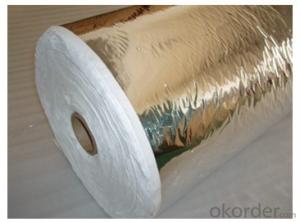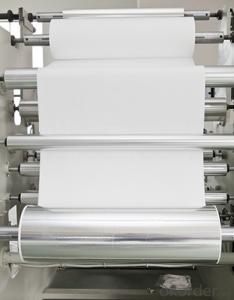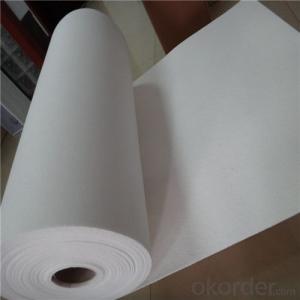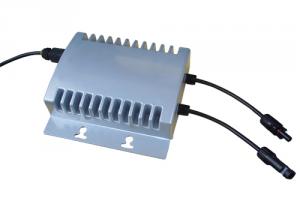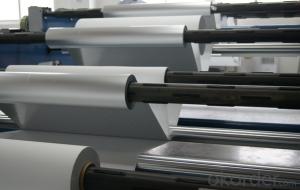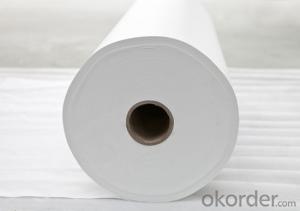Best Solar Micro Inverter
Best Solar Micro Inverter Related Searches
Best Paint For Stainless Steel Best Inverter For Solar System Solar Panel Inverter For Home Best Inverter For Solar Panels Best Solar Inverter For Rv Bending Machine For Pvc Profiles Micro Inverter For Solar Panel Best Glue For Aluminum Foil Pvc Foil For Mdf Plastic Wall Coverings For BathroomsHot Searches
Type Of Inverter For Solar Price Of Shipping Containers For Sale Types Of Inverter For Solar Used Sandwich Panel For Sale Bags Of Cement For Sale Pvc Chairs For Sale Tilt Panel Props For Sale Types Of Temporary Side Panels For Cement Deck Cost Of Awnings For Decks Type Of Scaffolding With Pdf Price Of Scrap Stainless Steel Price Of Stainless Steel Scrap Price Of Stainless Steel Type Of Stainless Steel Best Solar Inverter In China Types Of Stainless Steel Grades Types Of Stainless Steel China Aluminum Coil Factory pvc pipe manufacturers in usa Sandwich Panel Price In IndiaBest Solar Micro Inverter Supplier & Manufacturer from China
Okorder.com is a professional Best Solar Micro Inverter supplier & manufacturer, offers integrated one-stop services including real-time quoting and online cargo tracking. We are funded by CNBM Group, a Fortune 500 enterprise and the largest Best Solar Micro Inverter firm in China.Hot Products
FAQ
- A solar inverter handles voltage flicker in the grid by continuously monitoring the grid voltage. When it detects a flicker, it adjusts its output power accordingly to stabilize the voltage and maintain a consistent power supply to the connected loads. This helps prevent disruptions and ensures a smooth operation of the grid.
- Yes, solar inverters can be used in locations with high humidity or extreme temperatures. However, it is important to ensure that the inverter is designed to withstand such conditions and has proper protection against moisture, corrosion, and temperature fluctuations.
- Yes, a solar inverter can be used in systems with different module currents. Solar inverters are designed to convert the DC power produced by the solar panels into AC power for use in the electrical grid or for powering appliances. They typically have a wide range of input voltage and current ratings to accommodate different solar panel configurations. As long as the total power output of the solar panels is within the specifications of the inverter, it can be used in systems with varying module currents.
- Yes, a solar inverter can be used with different monitoring platforms as long as the monitoring platforms are compatible with the inverter's communication protocols and data formats.
- Yes, a solar inverter can be used in areas with unstable power grids. Solar inverters are designed to convert the direct current (DC) generated by solar panels into alternating current (AC) for use in homes or buildings. In areas with unstable power grids, solar inverters can help stabilize the electricity supply by synchronizing the solar power output with the grid. Additionally, some advanced solar inverters have features like grid support functions and voltage regulation, which can further enhance their performance in areas with unstable power grids.
- Yes, a solar inverter can be used with different types of energy management systems. Solar inverters are designed to convert the DC (direct current) electricity generated by solar panels into AC (alternating current) electricity that can be used to power various electrical devices and appliances. These inverters can be integrated with different energy management systems, such as smart grids or battery storage systems, to optimize energy usage, monitor performance, and enhance overall energy efficiency.
- A solar inverter handles grid voltage variations by continuously monitoring the voltage levels of the grid. When the grid voltage increases or decreases beyond a certain range, the inverter adjusts its output voltage accordingly to maintain a stable and consistent supply of electricity. This ensures that the solar power system remains synchronized with the grid and prevents any damage to the inverter or the connected equipment.
- The role of a solar inverter in maintaining system stability is to convert the direct current (DC) electricity generated by solar panels into alternating current (AC) electricity that can be used in homes or fed back into the electrical grid. The inverter also ensures that the output voltage and frequency of the AC electricity are within acceptable limits, allowing for seamless integration with the existing power grid. By regulating and stabilizing the electricity flow, the solar inverter helps maintain the overall stability and reliability of the solar power system.







